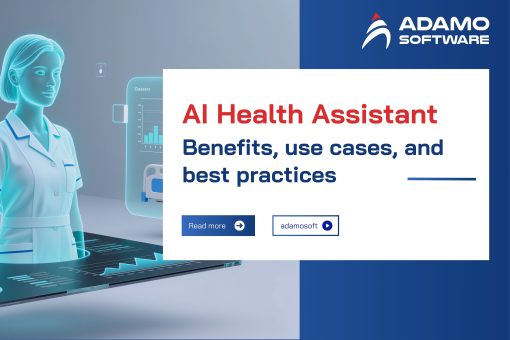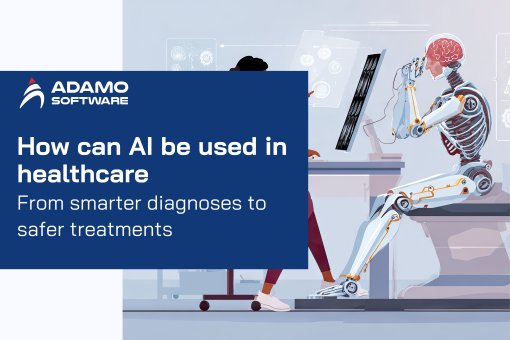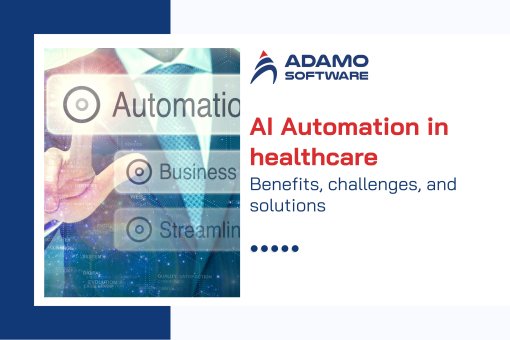Healthcare Data Analytics – The Future of Healthcare
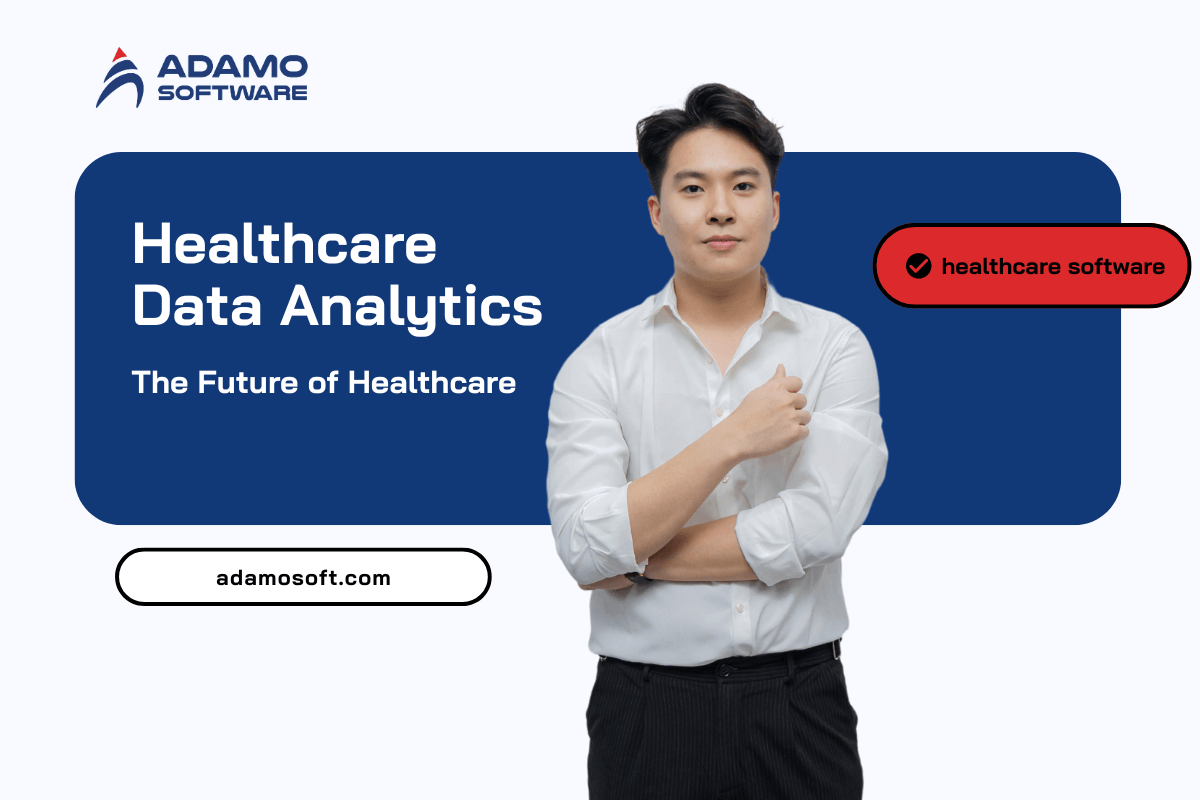
In contemporary healthcare systems, Healthcare data analytics is considered one of the paramount innovations changing how healthcare organizations deal with information. Considering the ever-growing volume of data collected from electronic health records, medical images, monitoring systems, and other sources, Healthcare data analytics reveals hidden insights that directly impact an organization’s success regarding patient outcomes and business performance optimization.
This article takes a tour through the tortuous territory of Healthcare data analytics to understand how it is introducing a change in healthcare delivery. It spans the patient population level, from suggesting treatment for individual patient characteristics to foreseeing patterns and rates of diseases on the one hand and suggesting ways of reducing the number of resources on the other, all of which define Healthcare data analytics as a tool capable of not only improving healthcare outcomes for patients but also increasing system efficiency.
I. Healthcare Data Analytics: Statistics and Insights
Healthcare data analytics is one of the most important executive education focuses; it is critically integral to determining developments in the healthcare field by enhancing positive patients’ health status by analyzing the data collected. In the last few years, the use of healthcare data analytics has become predominant because of the investment in new technology and the availability of healthcare data.
Healthcare data analytics is another emerging specialty of healthcare. It entails the systematic process of analyzing large volumes of healthcare data to identify certain patterns or relationships. This can be helpful in decision-making and driving change. Data from the most recent reports shows that the healthcare analytics market globally has turned out to be promising. And it is set to grow even bigger due to the increasing importance of analytics in contemporary, constantly evolving healthcare occupations.
As providers and healthcare organizations seek ways to enhance individualized medicine and quality care, Healthcare data analytics allows for easy derivation of useful information from clinical notes, patients’ characteristics, treatment histories, and even live tracking information. These improve clinical decision-making and make administrative functions efficient and cost-effective.
Moreover, utilizing predictive analytics in healthcare data analytics enables healthcare professionals to make future forecasts of patient’s conditions, predict the spread of diseases, and further enhance treatment plans. This ability of the predictive model is especially valuable in preventive healthcare and population health.
Thus, Healthcare data analytics is not just a method of analyzing outcomes but more of an approach to proactively improve and advance healthcare systems. In that light, it is crucial to embrace the use of data since it improves provider effectiveness, quality, and patient satisfaction in an evolving environment.

II. What is Healthcare Data Analytics
Healthcare data analytics is the collection and analysis of users’ information to discover meaning, relationships, and trends, and use them to enhance the quality of healthcare services and the performance of healthcare organizations.
Healthcare data analytics deals with the process that involves the use of complex tools and parameters to generate useful information from health data management. These tools are typically incorporated in healthcare analytics frameworks specifically optimized to process and analyze complex data obtained from EHRs, medical imaging systems, patient monitors, and administrative systems.
- Data Collection and Integration: This refers to pulling data from various sources, including traditional databases (patient data: demographics, or diagnosis codes) and those with non-standard structures (such as medical notes, and imaging files).
- Data Processing and Analysis: Healthcare data analytics applies statistical methods, machine learning, and data mining techniques to perform analyses and generate analytics-based insights. It also assists healthcare providers in analyzing the data, forecasting the likely results, and making the necessary treatment protocol adjustments.
- Decision Support: This method supports healthcare professionals with accurate information to make the right decisions for the patient or the entire population. For example, healthcare data analytics targets patients at a high risk of being readmitted for preventive measures or enhancing patient flow to facilitate efficient use of resources.
III. Benefits of Data Analytics in Healthcare
Implementing the Healthcare data analytics system presents different opportunities for revolutionizing healthcare systems.
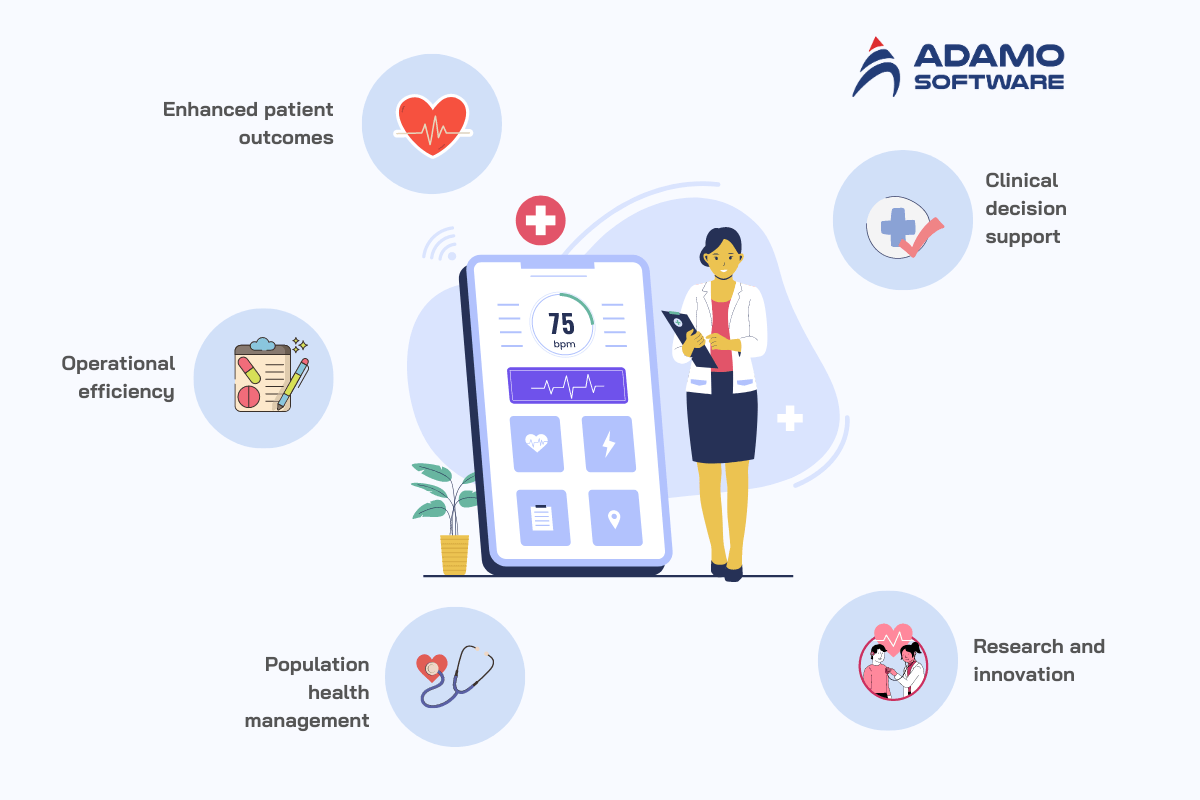
- Enhanced patient outcomes: Healthcare data analytics helps the healthcare organization determine the right patient’s treatment method. In minutes, physicians and other healthcare providers can screen signs, detect standard patterns, and draw conclusions regarding the further advancement of diseases. They can also manage preventive and curative interventions according to personalized patient profiles. The increased clinical efficacy also results in better patient satisfaction and further engagement in the treatment process.
- Operational efficiency: Healthcare data analytics platforms enable easy processing of administrative work, including billing, scheduling, and other aspects to do with resources. In this case, many repetitive processes that require considerable time could be eliminated, which lowers the operation cost and increases staff efficiency. This is advantageous for healthcare providers to gain the much-needed time and resources to enhance service delivery to clients and patients.
- Population health management: Healthcare data analytics is highly significant in maintaining the overall health of numerous individuals. In this case, several data points depending on demography, socioeconomic status, and health activity will be collected and analyzed to identify the priority health risks and provide the required activities. Population health management, therefore, prevents chronic diseases, lowers care costs, and boosts the healthfulness of inhabitants.
- Clinical decision support: Healthcare data analytics gets data related to the clinical decision-making of clinicians, with the information being generated promptly. Compliance with clinical protocols, current practices, and contingency modeling in EHRs facilitates the diagnosis process, available treatment plans, and medication prescription. This decision-support capability boosts clinical effectiveness, decreases healthcare mistakes, and ultimately, enhances patients’ security.
- Research and innovation: Healthcare data analytics is the core of research and advances in the healthcare discipline. Thus, big data enables the identification of new patterns, the discovery of new biomarkers, and the detection of trends that help in the development of medicine. Such an approach enhances the speed of scientific research, improves clinical trials, and consequently results in the appearance of better treatment and therapy.
IV. Common Types of Healthcare Data Analytics
Data Analytics in Healthcare is dealing with various types of analyses and several techniques applicable to health care purposes. Understanding these se different types is crucial for leveraging data effectively within the healthcare industry:

- Descriptive Analytics: Healthcare data analytics of this type is focused on turning past data into recognizing what took place in healthcare data analytics. It involves compiling and reporting information that aims at providing analysis on aspects of spatial dispersion of patients, treatments and utilization of commodities. In some cases, medical analysis tools consist of ranges and tables that help fixed purpose recipients to comprehend the data and information at a glance.
- Diagnostic Analytics: Healthcare data analytics in diagnostic form intends to establish the general causes of events and trends. Some methods that can be used to advance deeper into data analysis include data mining and applying more categories to the data to make discoveries. It assists in defining health care issues and optimizes the clinic concerns and operation.
- Predictive Analytics: Assuming the rates of occurrence or development of certain characteristics, Predictive Healthcare data analytics provides recommendations of what could happen shortly based on statistical algorithms and machine learning models. Instead, the method based on the constant data and the recognition of the fixed pattern, allows for calculating the probability of readmission, disease spread or the results of the applied treatment. Healthcare organizations apply big data to forecast future spending to make the necessary decisions to solve current problems in delivering patient care.
- Prescriptive Analytics: This goes further than the form of healthcare data analytics which entails the prediction of events in favor of supporting recommendations on what should be done by healthcare providers. In prescriptive analytics, the learning process employs various situations or conditions to enhance the decision-making affair. For instance, some healthcare analytics vendors develop products that offer prescriptions to patients regarding treatment plans and procedures drawn from medical records.
- Real-time Analytics: It is fast analytics for healthcare decision-making to directly allow advanced analytics on real-time data. This capability is crucial in medical emergencies, telemonitoring, and intensive care, where timely actions may greatly influence the patient’s well-being. Vital tools utilized in real-time tests are incorporated into healthcare analytics software to analyze data in real-time and respond quickly.
V. Why Healthcare Data Analytics is the Future of the Healthcare Industry
Healthcare data analytics is well positioned to revolutionaries the healthcare sector. As a solution, it uses data analytics for different problems occurring in the sphere of healthcare and concerning patients. Here are compelling reasons why Healthcare data analytics represents the future of healthcare:
- Personalized Medicine: Where the factors that can be relevant to patient data and the ways the data can be used are concerned, it is possible to conclude that Healthcare data analytics can produce patient-specific treatment plans based on patients’ previous health issues, genetic data, and behavioral patterns. This procedure is useful in raising the benefits of treatment and avoiding or reducing the harm of treatment, further improving the patient’s result.
- Operational Efficiency: Healthcare data analytics platforms also help to manage functional activities such as billing and inventory in healthcare facilities or organizations and get the most out of employees functioning in those institutions. Applying different methods of automating the processes occurring in healthcare organizations can minimize the cost of the operation and enhance its effectiveness. This also shifts the emphasis from administrative to more caring tasks performed by the staff.
- Population Health Management: In Healthcare data analytics, the transformation of data into insight can be used to present certain population health trends and then find more susceptible groups to prevent the incidence of diseases. Because this approach is preventive, it aids in eradicating long term illness, boosting the health of the citizens and avoiding costly medical expenses.
- Predictive Analytics: Thus, predictive models are used in Healthcare data analytics to predict the prognosis of patients’ conditions, possible complications, and further disease development. It is used to predict patients’ outcomes so that healthcare providers can better address patient needs, change treatments when necessary, and distribute resources with beneficial implications for reducing readmissions.
- Research and Innovation: Healthcare data analytics is thus critical to advance medicine, research, and strategies. Researchers can use the large set of healthcare data to investigate clinical trials and the rates of occurrence of various diseases and illnesses to find cures. Utilizing this type of information increases the speed with which science is produced and strongly supports the concepts of evidence-based medicine.
- Regulatory Compliance and Patient Safety: This implies that Healthcare data analytics software possesses features that aid the collection of secure patient information hence featuring traits that make organizations in the health sector compliant with policies such as HIPAA. Also, the tools help health care providers to monitor patient safety indicators, to recognize outcomes or incidents, and to ensure that they do not happen again.
VI. Final Thoughts
Healthcare data analytics is growing as the years progress, and the area has a rather great impact on healthcare. The combination of sophisticated analytical methods in applying innovation and healthcare analytics platforms has introduced technology-driven healthcare and patient-centric care delivery systems.
It is possible to obtain critical information for better clinical outcomes, costs, and organizational performance from big data sources. These analytics solutions help organizations make informed decisions about patients’ care, resources, and strategic directions to improve health outcomes for the population.
Healthcare analytics vendors stand in a very strategic position in the competitive field of healthcare, where they help to build strategies corresponding to the fast-evolving nature of the healthcare market. Despite key functions in data acquisition and analytics, these platforms also enable requirements for regulations like HIPAA to maintain patients’ privacy and anonymity.
At Adamo Software, we focus on moving the industry of Healthcare data analytics forward with our superior healthcare data analytics software. Our solutions help healthcare practitioners release the full value of data, supporting decisions and improving organizational performance.

Furthermore, the future of healthcare will be closely connected with data, making Healthcare data analytics a priority. Indeed, Goss has presented a four-step model that identifies technologies that can help healthcare organizations overcome related difficulties and provide even better patient services.
To sum up, Healthcare data analytics can be viewed as a tool and an agent of change toward a better, more efficient, patient-centered, and effective healthcare system. In the future, such visions would, however, depend on cooperation between other healthcare stakeholders and healthcare solution providers such as Adamo Software.







